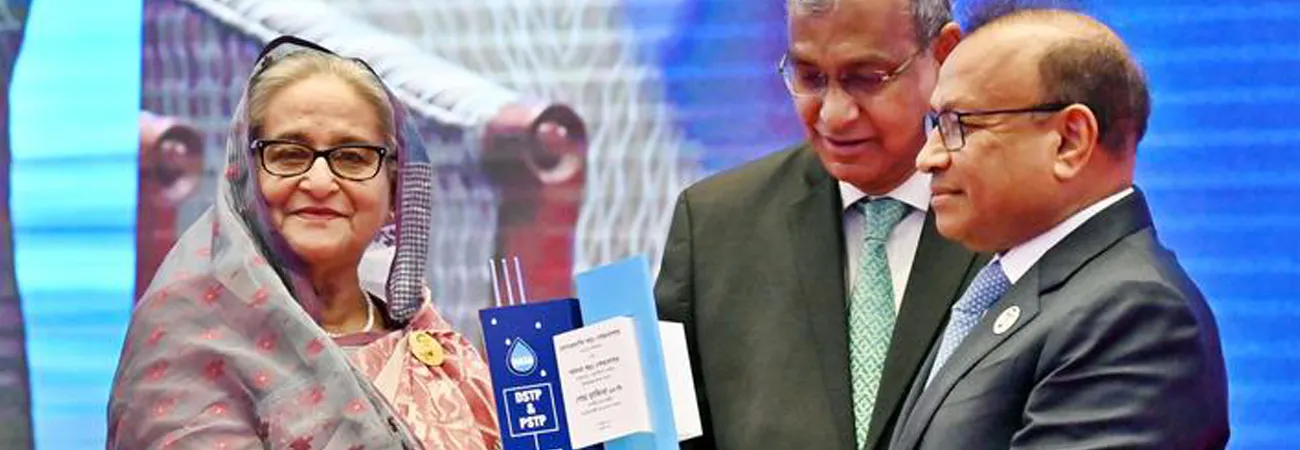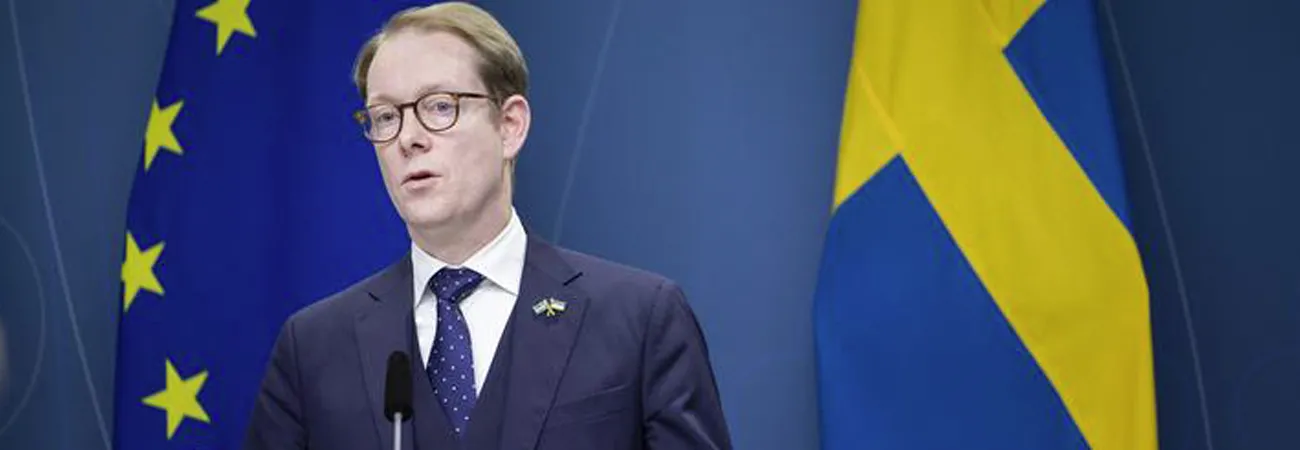XINHUA-PAKISTAN SERVICE
BEIJING, Sept 14 (INP): Vice Minister, Chinese Ministry of Commerce, Wang Shouwen Thursday said that after conclusion and implementation of the second phase of China-Pakistan Free Trade Agreement (CPFTA), Pakistan will be able to expand its exports to China through the low tariff rates and attract more Chinese investment in next five years. He was addressing opening session of 8th meeting of second phase negotiations of China-Pakistan FTA held here at Chinese Ministry of Commerce. Vice Minister said in next five years, China will import products of US$ 8 trillion and once the second phase of our FTA concluded and implemented, Pakistan will be able to expand their export to China through the low tariff rates. In addition, Pakistan will also be able to attract more investment from China,” he said while addressing opening session of 8th meeting of second phase negotiations of China-Pakistan FTA held here at Chinese Ministry of Commerce. He said that China is a huge market and home of 1.3 billion people and its domestic demand or consumption in booming. The vice minister said the economic and trade cooperation is the anchor and propeller of relations between China and Pakistan. In recent years, our cooperation has experienced a remarkable development and benefited many enterprises and people in both the countries. In this process, FTA is core instrument,” he added. Terming CPFTA as one of the earnest FTAs of China, he said, it has played a significant role in promoting Sino-Pakistan cooperation and added, according official statistics, China is now Pakistan’s largest trading partner and the trade volume between the two countries has increased significantly. Wang Souwen said more importantly, with the implementation of FTA, more investment from China was injected into Pakistan. He said the first phase of China-Pakistan FTA has injected a lot of impetus to economic and trade ties. However, with the liberalization level of only 36 percent, there is still a huge space for both sides to raise the current level. I believe a relatively high level of liberalization will promote common development and benefits to more people of our countries, he added. The vice minister said the leadership of the two countries attaches great importance to the negotiations between two friendly countries. The joint statement of Chinese President Xi Jinping during his visit to Pakistan in April 2015 clearly pointed out that both sides decided to speed up the negotiation of the second phase of FTA, he added. When Chinese Vice Premier Wang Yang visited Pakistan this August, both sides emphasized again the necessity to accelerate the pace of the negotiation, he said and added, “To implement our leaders guidance, we need to step up our efforts to conclude the negotiation with flexibility and creativity. He said the current round of the second phase negotiations is very important and we have made a lot of efforts for this meeting.” He hoped that the two sides would make a best use of next two days and strive for a positive progress in trade and services areas. And for China, our delegations consist of the members coming from seven government agencies, we are committed to making tangible progress in cooperation with our Pakistanis friends, he added. While reciprocating the warm feelings of his Chinese counterpart, Federal Commerce Secretary, Younus Dhaga said that Pakistan values the deep relations between the two countries and the growing economic cooperation. China is now Pakistan’s major trading partner with volume of trade reaching an all-time high at US$ 16 billion in 2016-17 from US$ four billion in 2006-7. However, keeping in view the respective sizes of two economies, the gains for both sides should also be equal. Following the FTA, Pakistan’s trade deficit with China has widened to very high levels, surging from US$ 2.9 billion in 2006-7 to US$ 12.7 billion in 2016-17. Over the last year, Pakistan’s global imports have grown by 18.5 percent, while exports have declined by 1.6 percent. He said imports from China alone account for 36 percent of Pakistan’s global non-oil imports. In order to address the issue of trade deficit, measures are suggested to decrease the trade gap between China and Pakistan. Younus Dhaga reiterated that there is a need to send the positive signals to the people of both the countries that the benefits of China Pakistan Economic Corridor (CPEC) and CPFTA will be shared on an equitable level between the two countries and that the economy of Pakistan will be a major beneficiary. He said that CPFTA should be a win-win proposition for both the countries and added, there is a need to immediately restore the eroded margin of preference and grant concessions at par with other FTAs. In view of the emergent nature of the situation, special provision will have to be made for public sector procurement of Pakistani goods by sending frequent buying missions to Pakistan, he added. The commerce secretary said the high-level policy support to encourage Chinese investment not only in export-oriented industry but in the value added sector as well to enhance our export potential on one hand and curtail imports on the other. He also requested for technical assistance for enhancing Pakistan’s industrial and agricultural productivity. Another issue highlighted was the business visa facilitation on the basis of reciprocity. Pakistan Ambassador to China, Masood Khalid stressed the need to an early conclusion of the long due second phase of CPFTA. He said that mutual trust and confidence form the basis of China Pakistan relations and added the spirit of friendship and brotherhood is manifested in the form of growing economic cooperation and bilateral agreements like FTA. He hoped that the two sides can successfully resolve the pending issues during the two day negotiations. The first phase of China-Pakistan Free Trade Agreement (CPFTA) was signed in 2006, which became operational the following year. Major areas to be discussed during the 8th round of negotiations include TRM, trade in goods, trade in services, investment opportunities, SPS/TBT, and other sectors of mutual interest. INP/OBD/AJ





